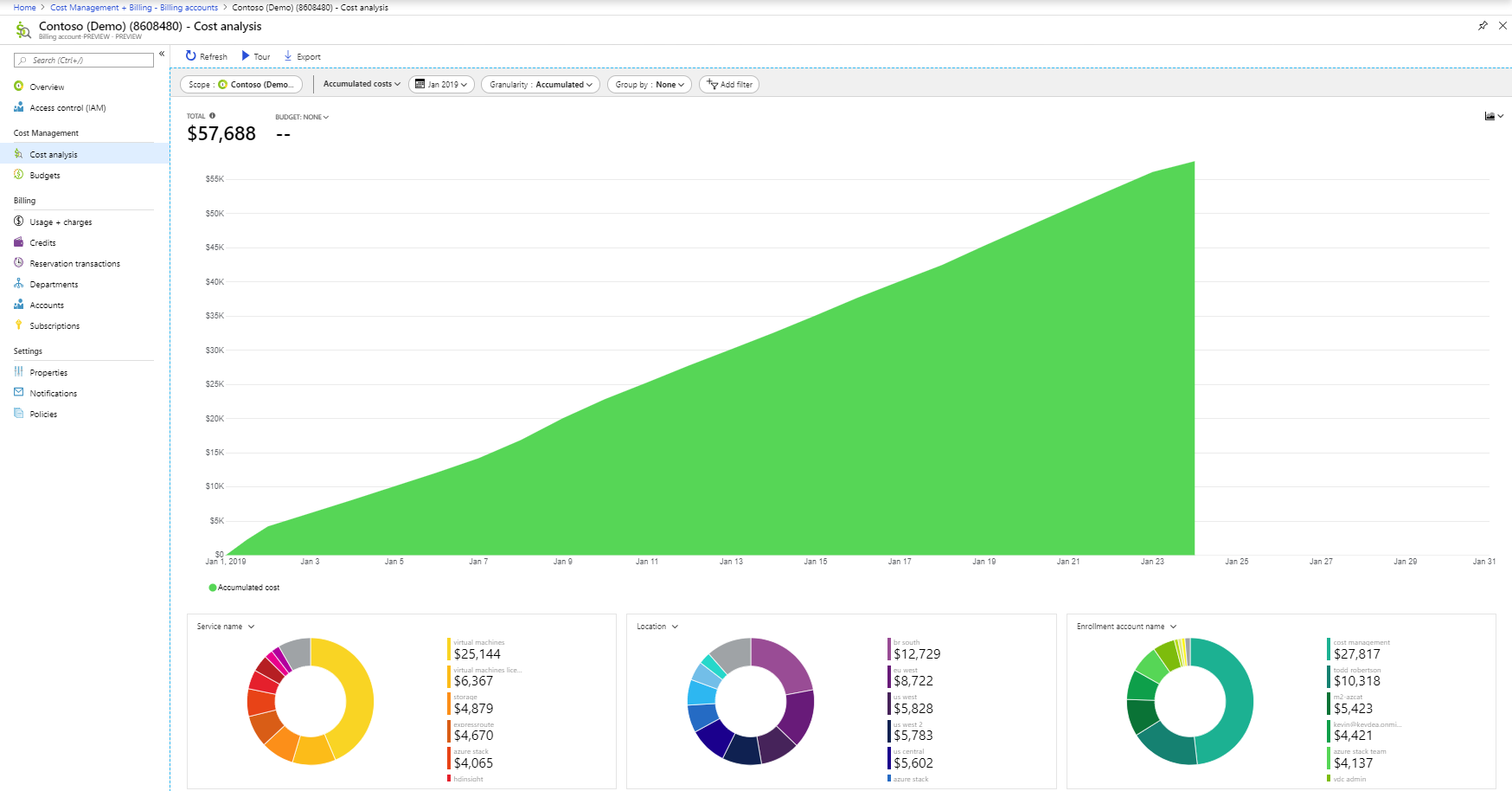How to optimize your cloud investment with Cost Management for Azure Government
As the government accelerates its cloud adoption, it becomes increasingly important to proactively manage costs. Azure Cost Management is a suite of tools that are designed to help you visualize, manage, and optimize costs across Azure.
I recently filmed a YouTube video where I had the opportunity to present the main features available for government customers within the Azure portal. This post is meant to discuss those features again and provide further sources of documentation for you to browse as you begin your Cost Management journey.
To learn more about how to approach Cost Management, see our article on best practices. If you are interested in watching more videos on Azure Cost Management please see our Azure Cost Management YouTube playlist.
Key Cost Management Features
Cost analysis
This feature allows you to track costs over the course of the month and offers you a variety of ways to analyze your data. Consider the following common questions as a guide for your analysis. Answering these questions on a regular basis will help you stay more informed and enable more cost-conscious decisions.
- Estimated costs for the current month – How much have I incurred so far this month? Will I stay under my budget?
- Investigate anomalies – Do routine checks to make sure that costs stay within a reasonable range of normal usage. What are the trends? Are there any outliers?
- Invoice reconciliation – Is my latest invoiced cost more than the previous month? How did spending habits change month-over-month?
- Internal chargeback – Now that I know how much I’m being charged; how should those charges be broken down for my organization?
To learn more about how to use cost analysis, please visit our documentation, “Quickstart: Explore and analyze costs with cost analysis“.
Budgets

After you’ve identified and analyzed your spending patterns, it’s important to begin setting limits for yourself and your teams. Azure budgets give you the ability to set cost budgets with many thresholds and alerts. Make sure to review the budgets that you create regularly to see your budget burn-down progress and make changes as needed.
Azure budgets also allow you to configure an automation trigger when a given budget threshold is reached. For example, you can configure your service to shut down VMs. Or, you can move your infrastructure to a different pricing tier in response to a budget trigger. To learn more about using Azure budgets please visit our documentation, “Tutorial: Create and manage Azure budgets“.
Exports
Do you need to import your billing data into an external system, like a dashboard or financial system? Set up automated exports to Azure Storage and avoid manually downloading files every month. You can then easily set up automatic integrations with other systems to keep your billing data in sync.
To learn more about using Azure exports please visit our documentation, “Tutorial: Create and manage exported data“.


 Light
Light Dark
Dark
0 comments